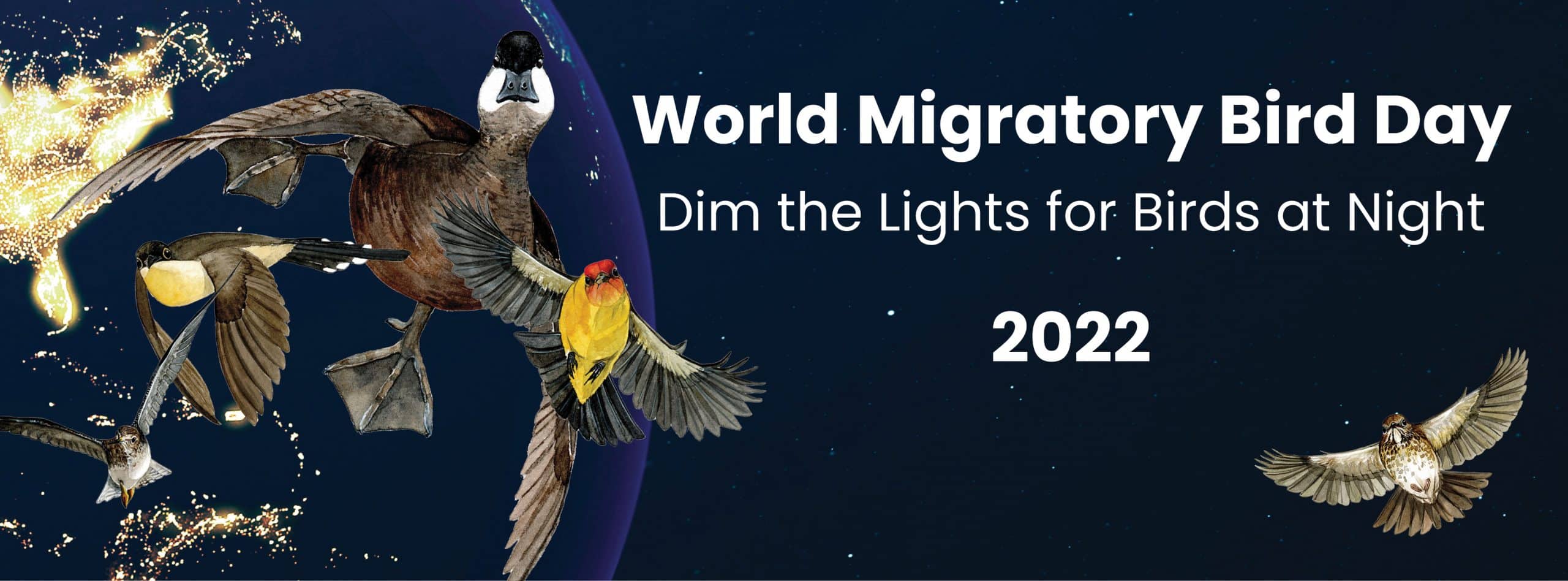Celebrate World Migratory Bird Day with the Westerly Land Trust and expert ornithologists by getting out there and experiencing the spring migration. Observe the neo-tropical migrants as they return to their summer territories — from thrushes to warblers, bluebirds to tanagers and beyond.
Don’t forget to bring your binoculars! Meet us at Barlow Nature Preserve. Groups will head out to different WLT properties and gather back at Barlow to share our counts, stories and coffee + snacks.
This event is free for WLT members, $10 for non-members. Become a WLT member here.
Email mdoherty@westerlylandtrust.org with any questions.
World Migratory Bird Day (WMBD) is an annual awareness-raising campaign highlighting the need for the conservation of migratory birds and their habitats. It has a global outreach and is an effective tool to help raise global awareness of the threats faced by migratory birds, their ecological importance, and the need for international cooperation to conserve them (https://www.worldmigratorybirdday.org/about).
Light Pollution and Migratory Birds
Artificial light is increasing globally by at least 2 per cent per year and it is known to adversely affect many bird species. Light pollution is a significant threat to migratory birds, causing disorientation when they fly at night, leading to collisions with buildings, perturbing their internal clocks, or interfering with their ability to undertake long-distance migrations.
Solutions to light pollution are readily available. For instance, more and more cities in the world are taking measures to dim building lights during migration phases in spring and autumn. Best practice guidelines are also being developed under the Convention on Migratory Species to address this growing issue and ensure that action is taken globally to help birds migrate safely (Bonn, 9 December 2021. worldmigratorybirdday.org).
How you can help

